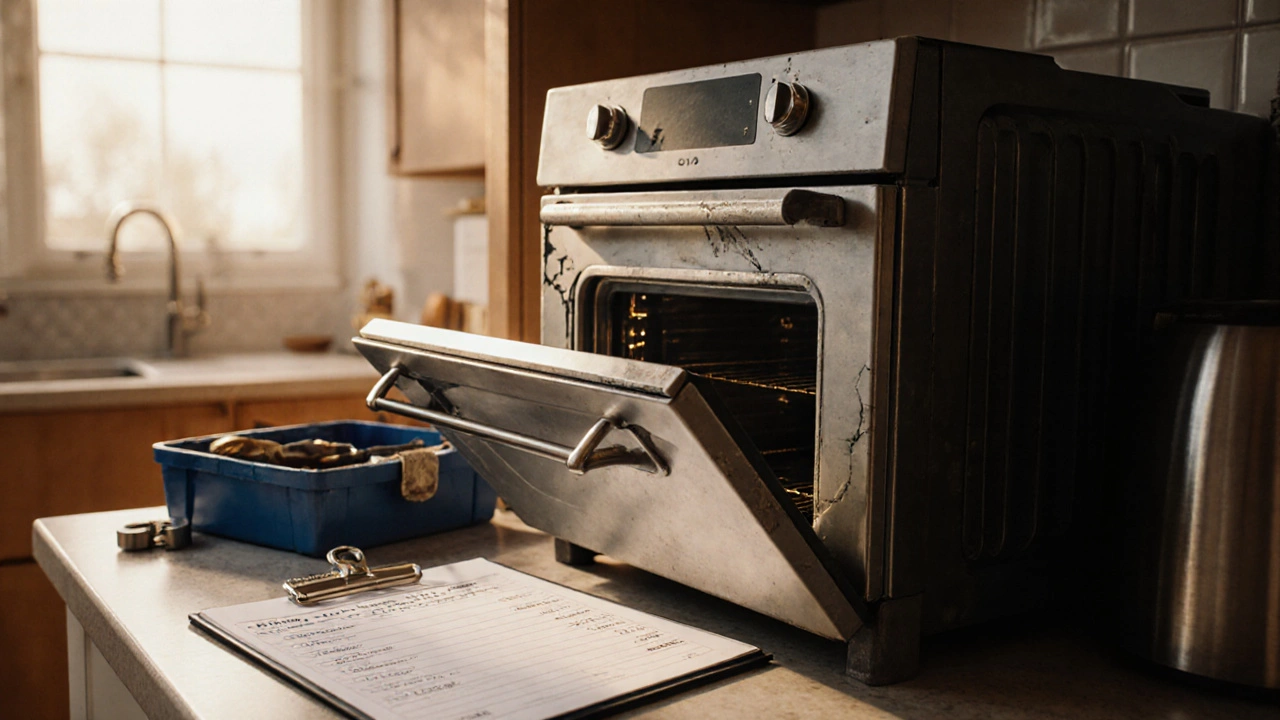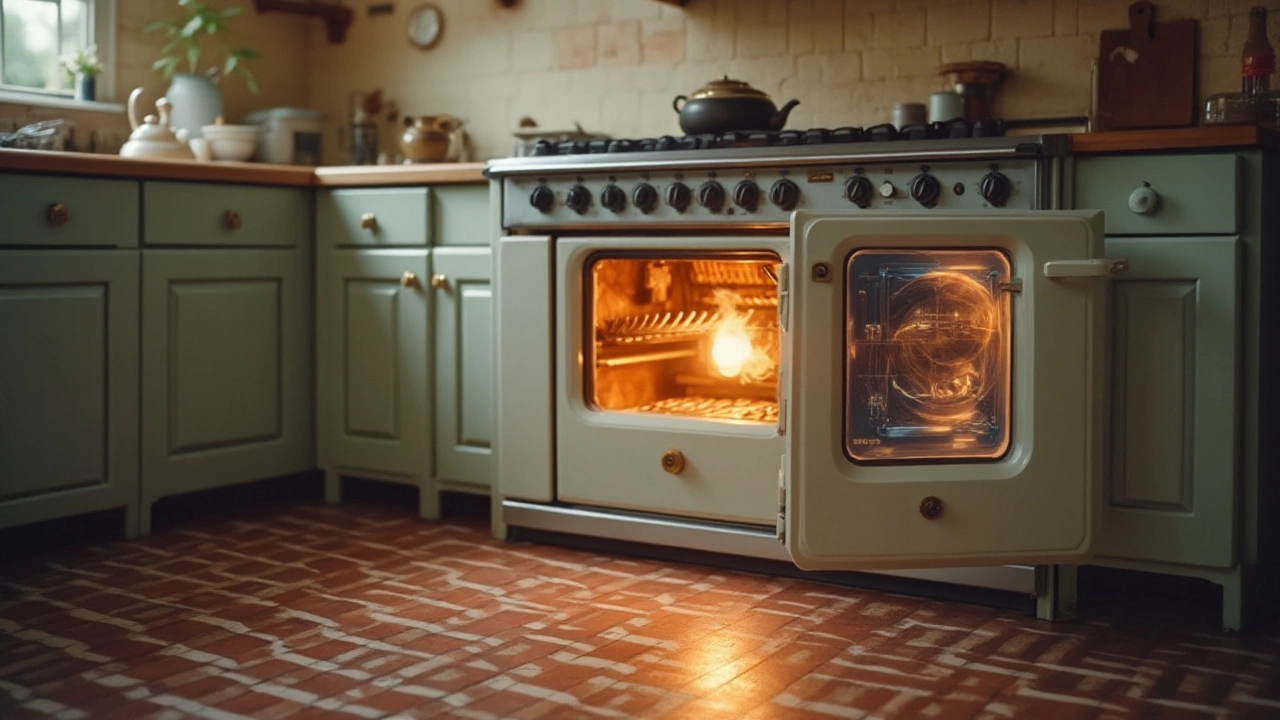
Find out if fixing a gas oven makes sense by comparing repair costs, safety risks, and energy savings. Get a clear checklist, cost matrix, and tips for choosing a licensed technician.
Got an oven that refuses to heat up right when you need it? You’re not alone. Most homeowners face at least one oven hiccup each year, and the good news is many of them can be solved without a costly call‑out. Below you’ll find the most common reasons an oven stops heating and practical, do‑it‑yourself fixes that anyone can try.
Before you start unscrewing anything, it helps to know what could be going wrong. The usual suspects are the heating element, the thermostat or temperature sensor, the door latch, and the power supply.
Identifying which of these is at play saves time and avoids unnecessary part purchases.
1. Check the power. Open your breaker box and look for a tripped switch next to the kitchen circuit. Reset it and see if the oven lights up. If the breaker trips again, you’ve likely got an electrical fault and should call an electrician.
2. Test the door latch. Close the oven door firmly and listen for a click. If the latch feels loose or doesn’t engage, the oven’s safety switch might think the door is open, preventing heating. A quick latch replacement usually runs under £30 and can be done with just a screwdriver.
3. Inspect the heating element. When the oven is cool, look for visible cracks, blisters, or black spots on the coil. If you spot damage, disconnect the oven from the mains, remove the element screws, and replace it. Most elements are available at local DIY stores; the swap takes about 15 minutes.
4. Verify the temperature sensor. The sensor is a thin metal rod inside the oven cavity. Use a multimeter set to ohms: a good sensor reads around 1,100 Ω at room temperature. Anything far off means the sensor needs swapping.
5. Reset the control board. Unplug the oven for two minutes, then plug it back in. This power cycle can clear glitchy codes that sometimes stop heating.
If you’ve run through these steps and the oven still won’t heat, it’s time to call a professional. Broken control boards, gas valve issues (for gas ovens), or complex wiring problems need a qualified technician.
Regular maintenance can also stop many problems before they start. Wipe away spills, keep the oven door seal clean, and run a quick self‑clean cycle every few months. Doing so helps the thermostat stay accurate and the heating element stay clear of debris.
So next time your oven freezes up, try the power, latch, element, and sensor checks first. You’ll likely save time, money, and a lot of frustration. And if you ever feel unsure, South Shields Appliance Repair Services is just a call away – we’re locals who know these ovens inside out.

Find out if fixing a gas oven makes sense by comparing repair costs, safety risks, and energy savings. Get a clear checklist, cost matrix, and tips for choosing a licensed technician.

Your oven not working right? Find proven ways to troubleshoot and fix common oven problems at home, with detailed steps and tips for every skill level.

A malfunctioning gas oven igniter can lead to several issues, from unusual sounds to incomplete cooking. Knowing the symptoms of a bad igniter is crucial for timely repairs. This article dives into the common signs indicating a faulty igniter while providing practical tips for troubleshooting. Learn how to spot the issues early and possibly resolve them yourself before calling in professional help.

Knowing whether your electric oven is broken can save you time and prevent frustration during meal preparations. From uneven cooking to malfunctioning controls, identifying the issue is the first step in resolving it. This guide provides insights into common symptoms of oven problems and offers practical tips for diagnosing and fixing them. Learn about when it might be best to call a professional for help.